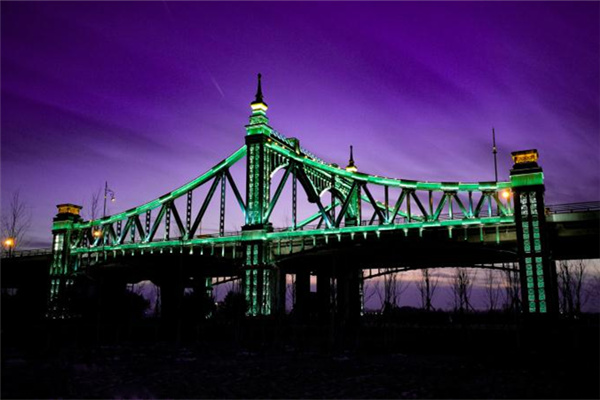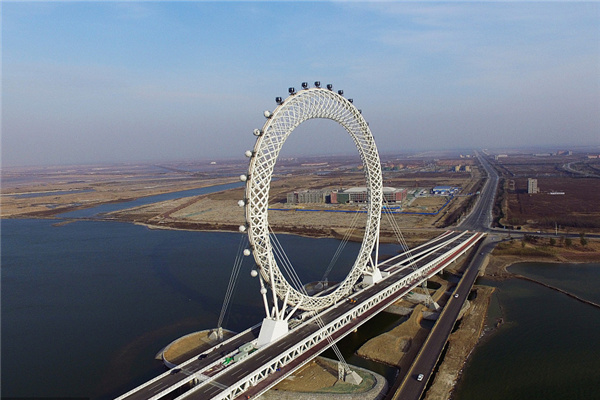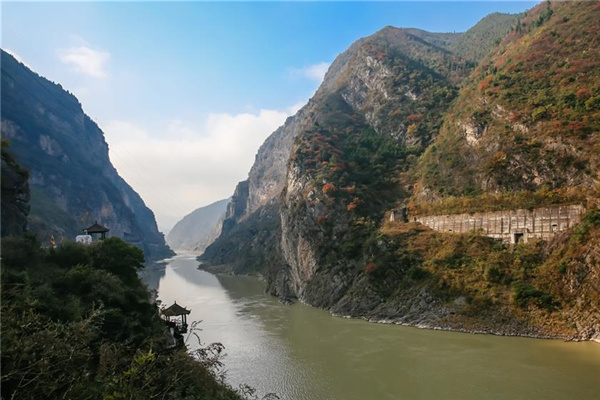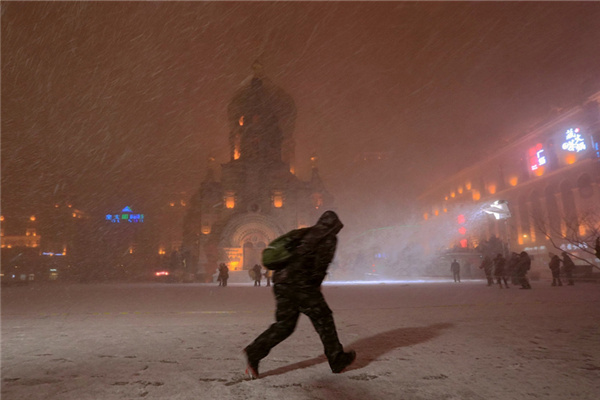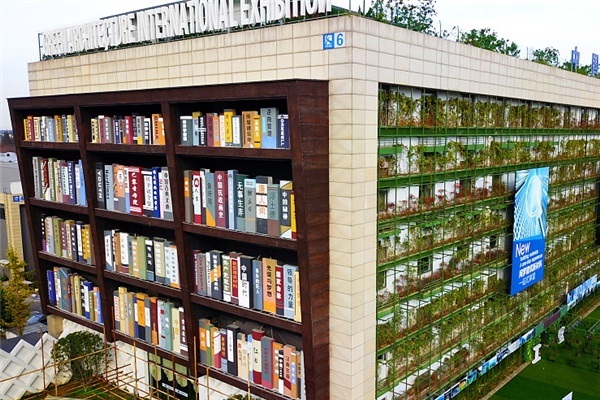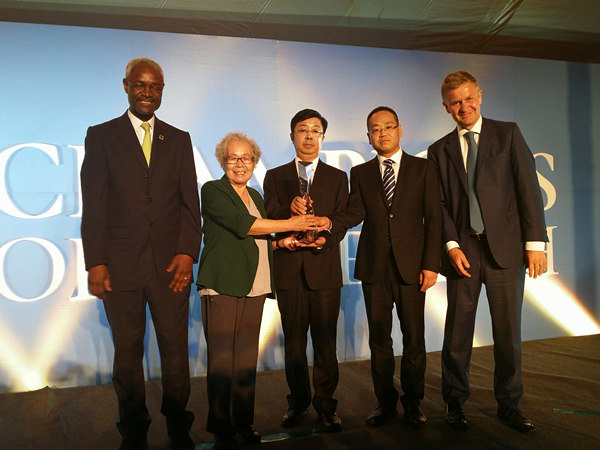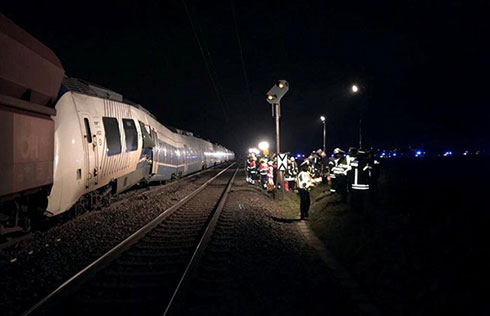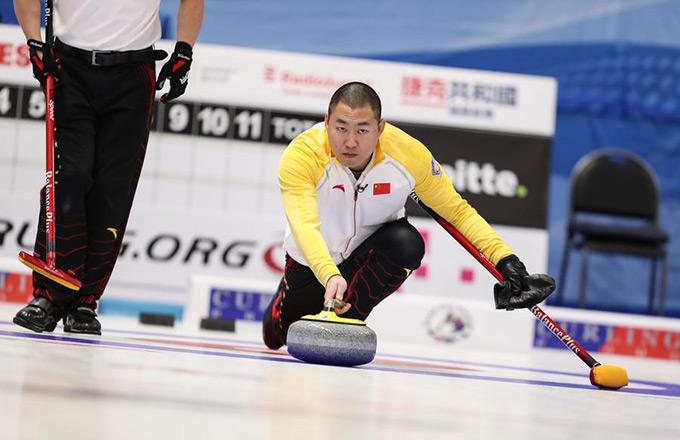

|
David Ben Kay at his gallery in Beijing's 798 Art District in an interview with China Daily in the end of November. Li Xiang |
David Ben Kay, Microsoft China's former piracy czar, climbed a ladder-like staircase and lifted the lid on his 14-meter long, 1.75-meter elevated, glass-bottom swimming pool, giving his visitors a look at the 40 metric tons of water suspended in his living room.
"I love swimming in it," he enthused, closed the lid, then pointed out the Maoist slogans and massive industrial weigh scale left from when the building was an electronics factory. But the scale, the slogans and even the pool are not as eye-catching as some of his other dcor; Kay's home doubles as the Yuanfen new media arts gallery, in Beijing's 798 art district and haunting videos and photos are projected all over his walls as part of the latest exhibit. An eerie, echoing soundtrack accompanies the images.
The exhibit is unusual, even for 798, and avant-garde new media art is hardly a typical field for an ex-Microsoft vice-president. But Kay sees nothing bizarre at all is his American lawyer-to-software- guru-to-Beijing gallery owner career path. Instead he sees destiny, yuanfen, which is why he choose it as the gallery's name.
"For those people who know me well it doesn't surprise them. When my children saw me giving up a suit and tie to go for a different lifestyle they weren't shocked," said Kay. "I'm in my skin. I wake up in the morning and I am so charged with excitement with what I'm doing it's this huge space, it's so energizing."
Kay grew up in Denver, Colorado, US, studied Chinese language at several American universities as well as in Taiwan, becoming fluent. He then went to business school and law school and started a career as an intellectual property right (IPR) lawyer. He came to Beijing in 1989 and joined Microsoft in 2003.
He lived with his family in the countryside at the time and wanted to use his Microsoft housing allowance for a second place in the city. The moment he laid eyes on the soaring ceiling of the old factory, he was hooked.
"We opened up the big metals doors and it was like walking in a cathedral that had been buried for centuries," he said. "Every window was broken or black. There was nothing but garbage all over the floor, packed two feet high. But I walked in and I have never had such a sense that I was supposed to be in a particular place at a particular time. At that moment, I knew yuanfen I just knew I belong here."
The 798 district was different then - dirt roads and dilapidated factories, some with machinery still clanking inside, explained Kay, adding it's sadly gentrified now. But commercialization has an upshot, he said, pointing out the area is no longer in danger of being torn down, as much of it once was.
The decision to turn his home into a new media art gallery (opened seven months ago) was a logical next step from his IPR work, said Kay. Both involve creativity and digital technology. Kay's building is well-suited to new media art, with ample surface area for projection, good acoustics and plenty of space for performance artists. And the oil painting market in 798 is already crowded and competitive, said Kay, so artists are looking for new means of expression.
Technology is so thoroughly integrated into modern life - computers, cellphones, iPods - it is natural for artist to use it as a platform for their work, said Kay.
"New media art is the next great thing," he said.
(China Daily 01/05/2009 page1)
